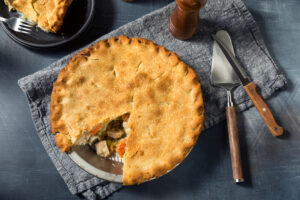Falls can be scary, especially for our older loved ones and neighbors. Their bones are more likely to break on impact, even during a light fall. Therefore, it is important that caregivers take steps to prevent falls and put plans to address falls should they occur.
According to the Centers for Disease Control and Prevention (CDC). One in every five falls results in a serious injury, such as a fractured bone or brain trauma. Fear of falling may also harm an aging adult’s quality of life, and unfortunately, it can prevent them from being energetic and active.
How to prepare for a fall:
If caregivers understand the precise reasons why an elderly individual might fall, they can take the following steps to prepare for that event:
- Determine which fall prevention measures are most likely to benefit the individual you are concerned about, based on their unique health and living circumstances.
- Recognize potentially hazardous situations and take efforts to prevent them.
- Have a complete understanding of preexisting health conditions that may be aggravated by a fall, and share this information with doctors.
- Review incidents of falls and determine what could have caused it to happen. This can help you avoid similar incidents in the future.
- Caregivers should undertake training drills so they can take the proper course of action in case of an emergency.
- Prepare senior citizens by informing them of the most hazardous spots in their living space, so they can be careful as they move around their home.
Ensure first-aid is always available:
Always keep first-aid kits in specified locations. If you care for an older person or run a senior living facility, first-aid kits can be a lifesaver. And help you take the first course of action before any other medical intervention is required.
Taking steps to prevent falls won’t ensure 100% safety but will reduce the likelihood of injury. Ensure you have prepped all caregivers and residents by teaching preventative measures and having plans in place if a fall occurs.



